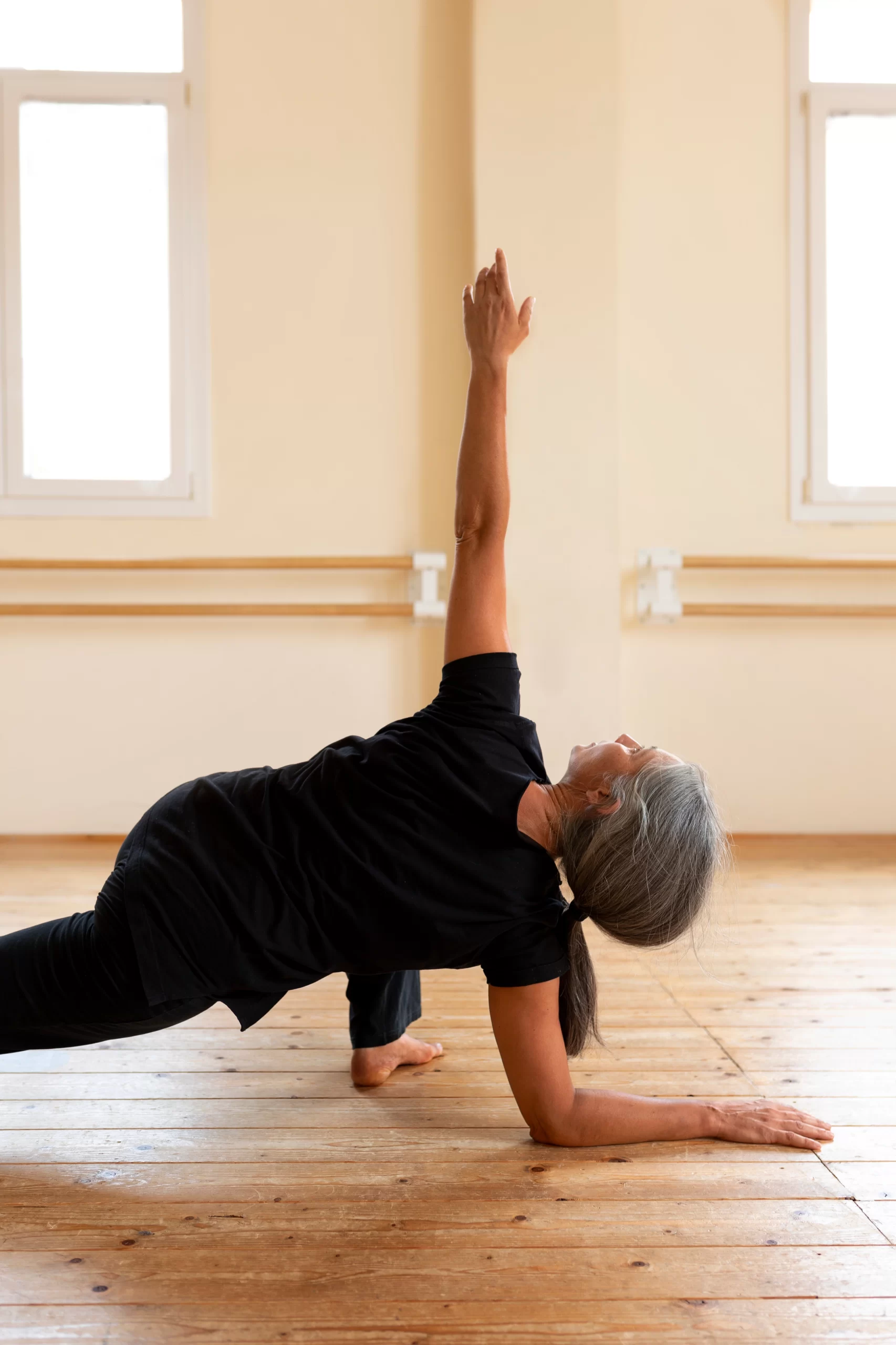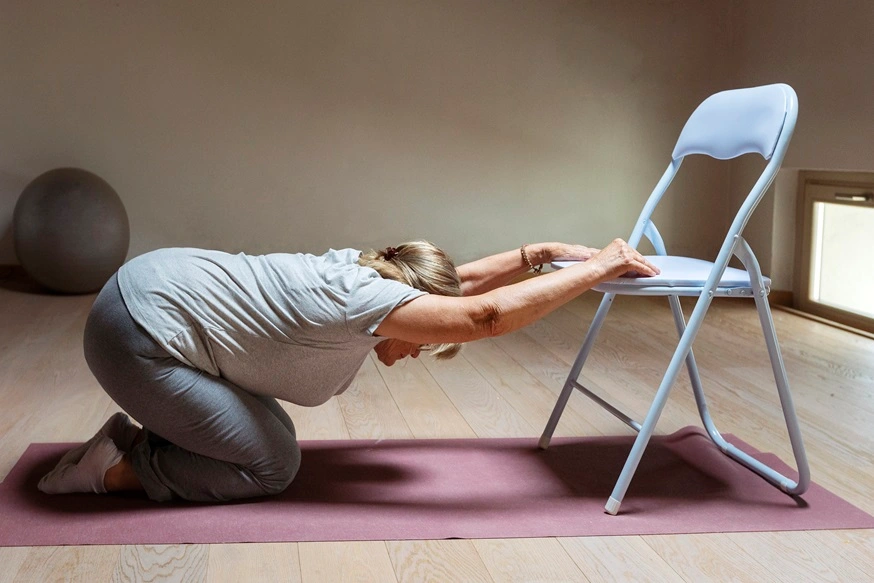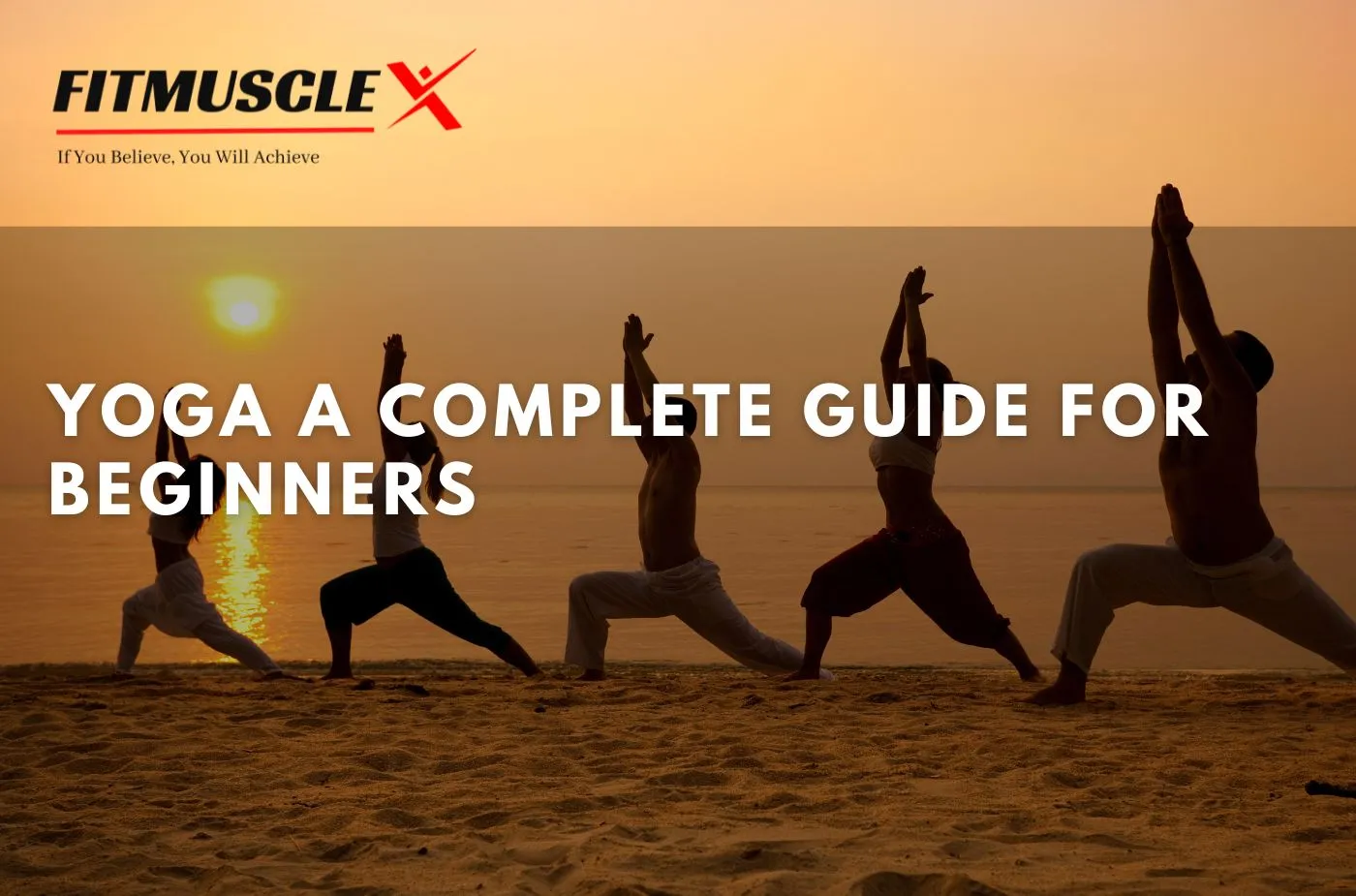As we age, maintaining physical health and mental well-being becomes increasingly important. Many seniors are turning to yoga as a gentle yet effective way to stay active, flexible, and strong. Yoga offers a range of benefits for older adults, from enhancing physical flexibility to improving mental clarity and emotional stability. This post will explore how yoga can help seniors feel better than ever, even after 60.
The Importance of Staying Active After 60
Aging brings about numerous changes in the body, including reduced muscle mass, decreased bone density, and slower metabolism. These changes can lead to decreased mobility, balance issues, and a higher risk of falls. Staying active is crucial to counter these effects and maintain independence and quality of life.
Why Yoga?
Yoga is an ideal exercise for seniors because it is low-impact, adaptable, and focuses on both physical and mental health. Unlike high-intensity workouts, yoga can be modified to suit individual abilities and limitations, making it accessible for everyone, regardless of age or fitness level.
Benefits of Yoga for Seniors
1. Improved Flexibility
One of the most noticeable benefits of yoga is improved flexibility. As we age, our muscles and joints tend to become stiff, making everyday movements more difficult. Yoga poses, or asanas, gently stretch the muscles, increase range of motion, and improve joint health. Poses like the Cat-Cow stretch and the Downward Dog can help elongate the spine and improve overall flexibility.
2. Enhanced Strength
Yoga involves holding and transitioning between poses, which helps build muscle strength. This is particularly important for seniors, as maintaining muscle mass can help prevent falls and improve balance. Poses such as the Warrior series and the Tree Pose are excellent for building lower body strength, while poses like the Plank and the Cobra Pose strengthen the upper body and core.
3. Better Balance
Balance tends to decline with age, increasing the risk of falls. Yoga incorporates balance training in many of its poses, helping to enhance stability and coordination. The Tree Pose, for example, challenges balance by requiring you to stand on one leg, while the Eagle Pose improves coordination and focus.
4. Increased Bone Density
Weight-bearing exercises are known to improve bone density, which is crucial for preventing osteoporosis, a common concern among seniors. Yoga poses such as the Triangle Pose and the Warrior Pose are weight-bearing and can help maintain bone health.
5. Improved Mental Health
Yoga is not just about physical health; it also offers significant mental health benefits. The practice of mindfulness and breathing exercises in yoga can help reduce stress, anxiety, and depression. Meditation and deep breathing techniques, such as Pranayama, calm the mind, promote relaxation, and improve overall mental clarity.
6. Enhanced Respiratory Function
Deep, mindful breathing is a core component of yoga. Practicing yoga regularly can improve respiratory efficiency and lung capacity, which tends to decline with age. This can lead to better oxygenation of the body and increased energy levels.
7. Better Sleep
Many seniors struggle with sleep issues. Yoga can help regulate sleep patterns and improve the quality of sleep. Gentle yoga poses and relaxation techniques before bed can help calm the mind and prepare the body for restful sleep.
Getting Started with Yoga
For seniors new to yoga, it’s important to start slowly and choose the right type of yoga. Here are some tips to help you get started:
1. Choose the Right Style
There are various styles of yoga, each with its own focus and intensity. For seniors, Hatha yoga, Iyengar yoga, and Restorative yoga are particularly suitable. Hatha yoga involves slow, gentle movements and is great for beginners. Iyengar yoga uses props such as belts and blocks to help with alignment and support. Restorative yoga focuses on relaxation and healing, with poses held for longer periods to encourage deep relaxation.
2. Find a Qualified Instructor
A qualified yoga instructor who has experience working with seniors can provide guidance and ensure that poses are performed correctly and safely. Many community centers and senior organizations offer yoga classes specifically designed for older adults.
3. Listen to Your Body
It’s important to pay attention to your body and avoid pushing yourself too hard. Yoga should never cause pain. If a pose feels uncomfortable, modify it or skip it altogether. Over time, your flexibility and strength will improve, allowing you to deepen your practice safely.
4. Use Props
Props such as yoga blocks, straps, and chairs can help you perform poses more comfortably and safely. They provide support and stability, making it easier to achieve the correct alignment and benefit from the pose.
5. Stay Consistent
Consistency is key to experiencing the benefits of yoga. Aim to practice a few times a week, even if it’s just for a short session. Over time, you’ll notice improvements in your flexibility, strength, and overall well-being.
Simple Yoga Routine for Seniors
Here’s a simple yoga routine that seniors can try at home:
1. Seated Mountain Pose (Tadasana)
Sit in a chair with your feet flat on the ground. Sit up tall with your shoulders relaxed. Take a few deep breaths, focusing on lengthening your spine.
2. Cat-Cow Stretch
Sit on the edge of a chair with your feet flat on the ground. Place your hands on your knees. Inhale, arch your back, and look up (Cow Pose). Exhale, round your back, and tuck your chin to your chest (Cat Pose). Repeat 5-10 times.
3. Seated Forward Bend (Paschimottanasana)
Sit on the floor with your legs extended in front of you. Inhale, lengthen your spine. Exhale, hinge at your hips, and reach for your toes. Hold for a few breaths, then slowly come back up.
4. Seated Twist (Ardha Matsyendrasana)
Sit on a chair with your feet flat on the ground. Place your right hand on the back of the chair and your left hand on your right knee. Inhale, lengthen your spine. Exhale, gently twist to the right. Hold for a few breaths, then switch sides.
5. Legs Up the Wall (Viparita Karani)
Lie on your back with your legs extended up the wall. Relax your arms by your sides and take deep breaths. This pose helps improve circulation and relax the mind.
Conclusion
Yoga is a wonderful practice for seniors, offering numerous physical and mental health benefits. By incorporating yoga into your routine, you can improve your flexibility, strength, balance, and overall well-being. Remember to start slowly, listen to your body, and enjoy the journey towards better health and vitality after 60. Namaste!






3 thoughts on “Yoga for Seniors: Feel Flexible and Strong After 60 | FitmuscleX”